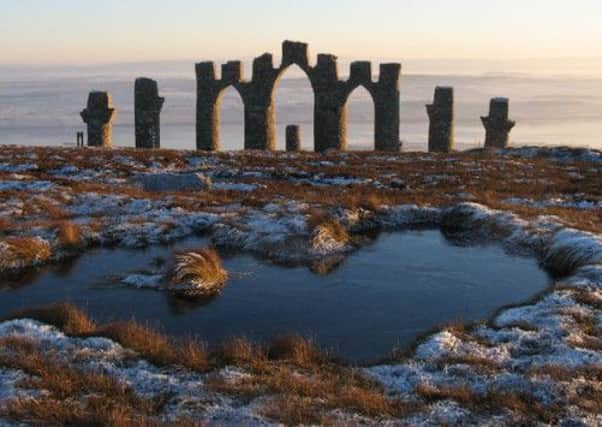Scots monuments: Fyrish Monument


The monument was commissioned by Sir Hector Munro, 8th of Novar (1726-1805), a Scottish soldier who had accrued wealth through two stints of high-ranking military service in India that totalled around 12 years.
Built around 1782-83, the Fyrish Monument near Evanton was inspired by one of Sir Hector’s numerous campaigns in India. Specifically, it was a tribute to the port town of Nagapattinam, which Sir Hector had seized for the British army the previous year.
Advertisement
Hide AdOther areas of the Munro estate were touched by his tenure in India; he named one of his fields Buxar, after the Battle of Buxar in 1764 which proved a decisive victory for the Major Munro-led British.
The monument was constructed by the locals, who were short on both food and prospects having been cleared off their land to make way for sheep. It is thought Sir Hector ordered the work to provide employment. An apocryphal tale has it that Sir Hector rolled the stones down from the top of the hill to extend the period of labour, thereby paying workers extra for the additional hours.
The Fyrish Monument, a B-listed building since 1971, overlooks the Cromarty Firth and is visible from almost anywhere within Kiltearn and Alness. Access to the monument is possible via the Jubilee Path, a dedicated walkway that undulates through woodland before the summit is reached.
Read more in our Scots monuments series